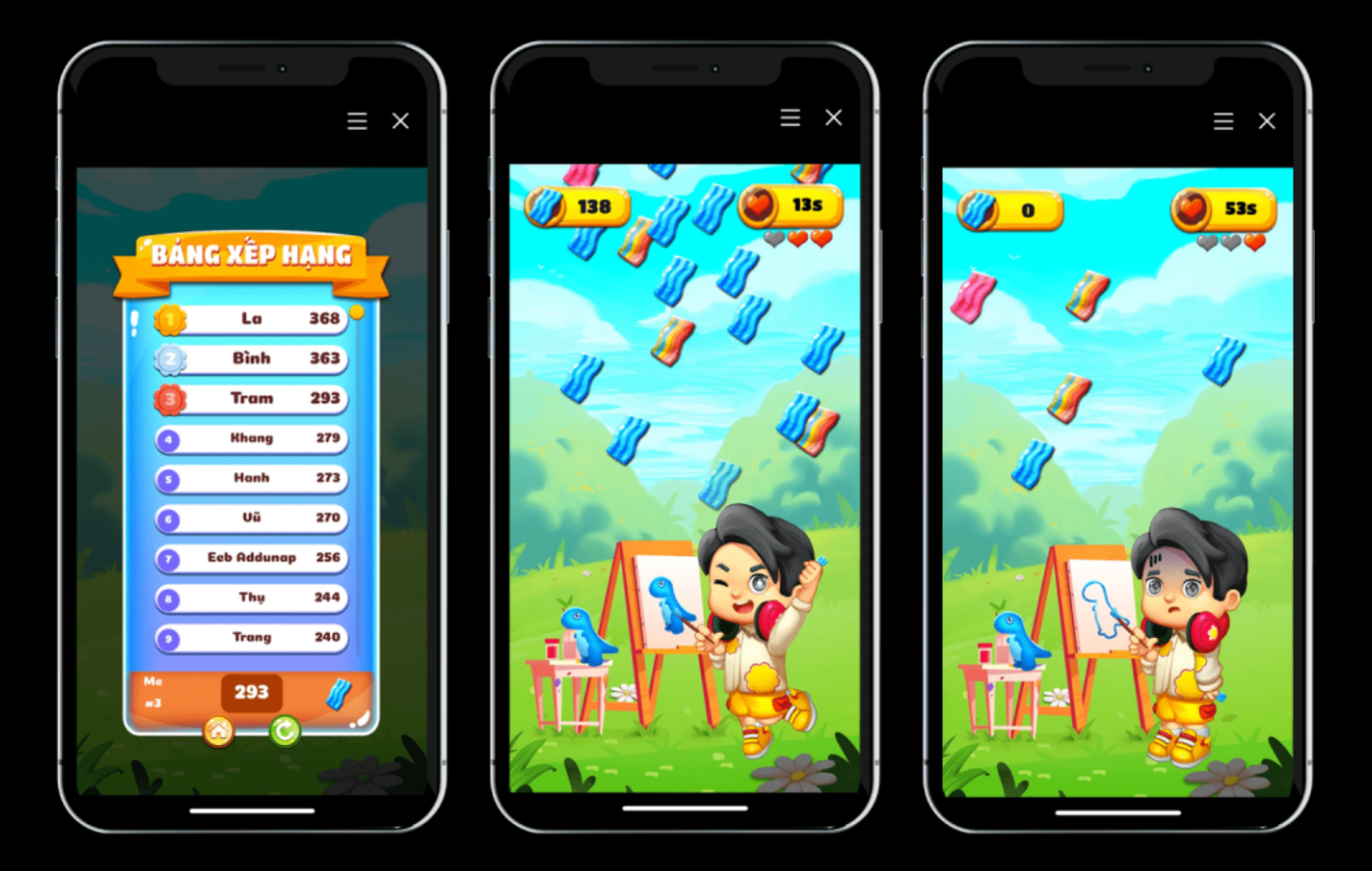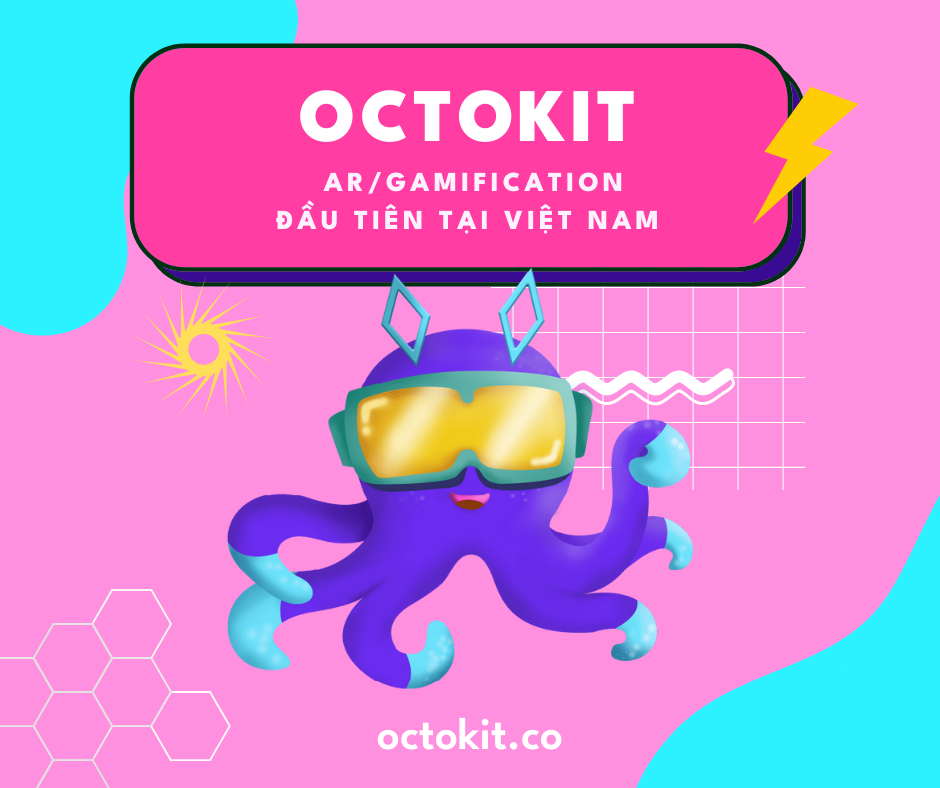It has been more than two decades since the official online game was developed systematically and strategically. With undisputed entertainment, online games are not only used as a pastime of modern people, today, online games and their attributes are also applied to many other unrelated industries. such as commerce, education, and especially marketing.
By taking the mechanics, elements, and principles of the game and applying them to marketing activities, the form of marketing gamification has proven to be able to attract users, change the way approach customers, and perfect the user experience in a smart and sophisticated way.

If you are still wondering if the form of marketing gamification campaign implementation can only be for service and commerce industries with young customers, the answer is “Marketing gamification for all customers”.
Currently, many businesses and brands apply gamification for marketing campaigns and reap great success. In Japan, fast food brand KFC conducted a gamification campaign using the mini game Shrimp Attack (a game deployed on a website platform) and earned more than 854,454 plays with more than 4.4 average plays per game. people, helping to increase in-store sales by 106%. And they were so successful that they had to cut the campaign in half because the new product (Puri Ebi Shrimp) was sold out.
In Vietnam, many businesses and brands, from soft drinks like Strongbow to financial and banking businesses like HSC, Techcombank, etc. have applied mini games and successfully attracted potential customers, especially when our marketing campaigns are promoted in parallel on social networks.

7 ways to implement a gamification campaign applying mini game
1. Deploy mini games on the web platform and promote them on social networks
In Vietnam, the implementation of marketing campaigns on social networks is very popular and businesses have dozens of marketing methods. One of them is to combine the promotion of the business’ mini-game on the posts, in order to increase the number of participants and increase the conversion rate when customers play the business’s game.
The Oreo cookie brand celebrated its 101st birthday with the mini-game “Thổi nến bá đạo, lộc về khuynh đảo”. The mini game is deployed on the website platform and promoted by Oreo on the enterprise’s Facebook page.
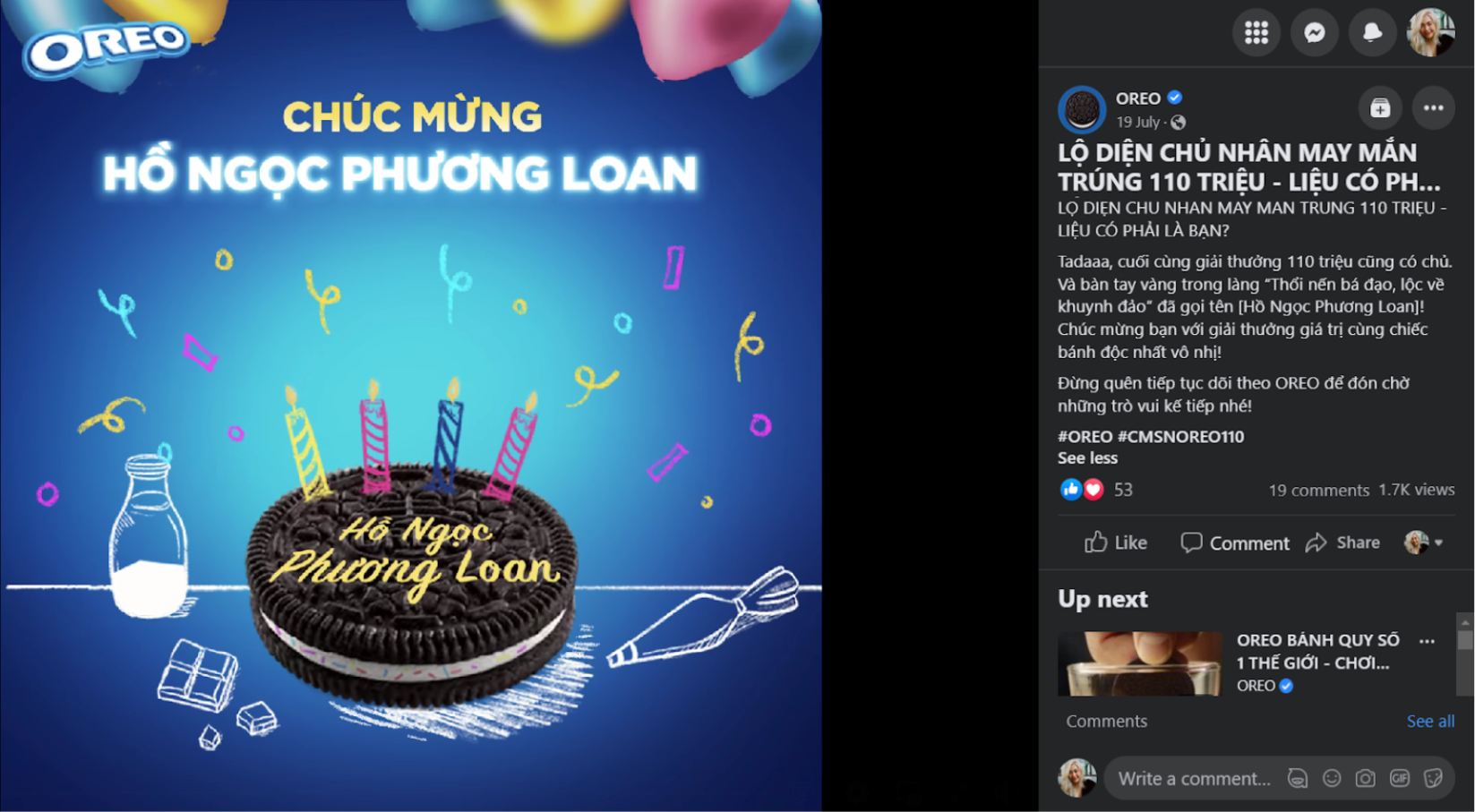
After experiencing an interesting “design” birthday cake with images of products from the Oreo brand, customers can enter their personal information to receive gifts from Oreo and “blow” the birthday cake by blowing in phone’s microphone to activate the effect. In addition, Oreo also requires customers to share photos on their personal Facebook in public mode with the hashtag #OREO #CMSNOREO110 to expand the reach of potential customers.
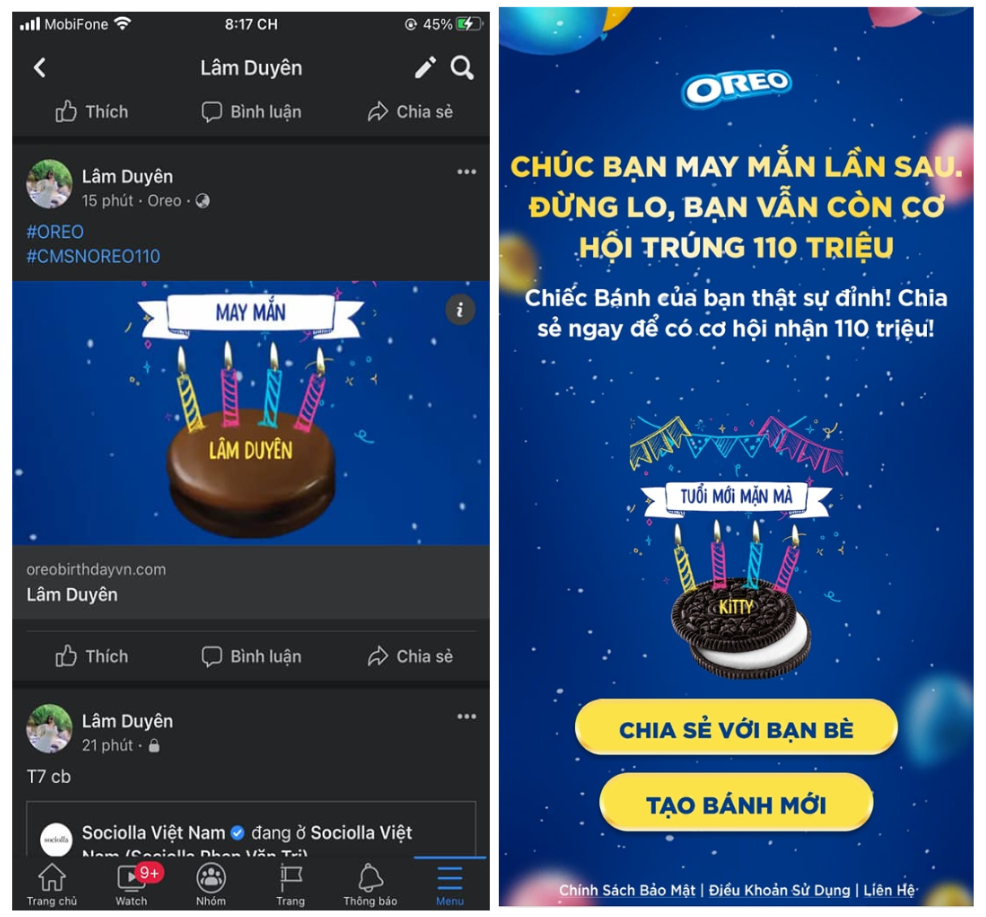
2. Deploy mini games on business landing page/website
Mini game “True or Chill” – Strongbow
On the occasion of Tet 2021, the world’s number one selling cider brand, Strongbow, has launched the mini game “Truth or Chill” right on Strongbow’s website with gameplay inspired by the folk games Roll the dice and True or Dare in equally interesting.
The elements in the game are familiar images of Tet such as Peach Blossom and Firecracker. Two colors Yellow and Red were chosen by Marvy as the main color, expressing the jubilant New Year atmosphere and also the color of the cool and sweet cans of Strongbow cider. In particular, the image of a giant apple, a famous brand image of Strongbow, is used with the meaning of abundant luck, peace, and happiness as a wish from the brand.
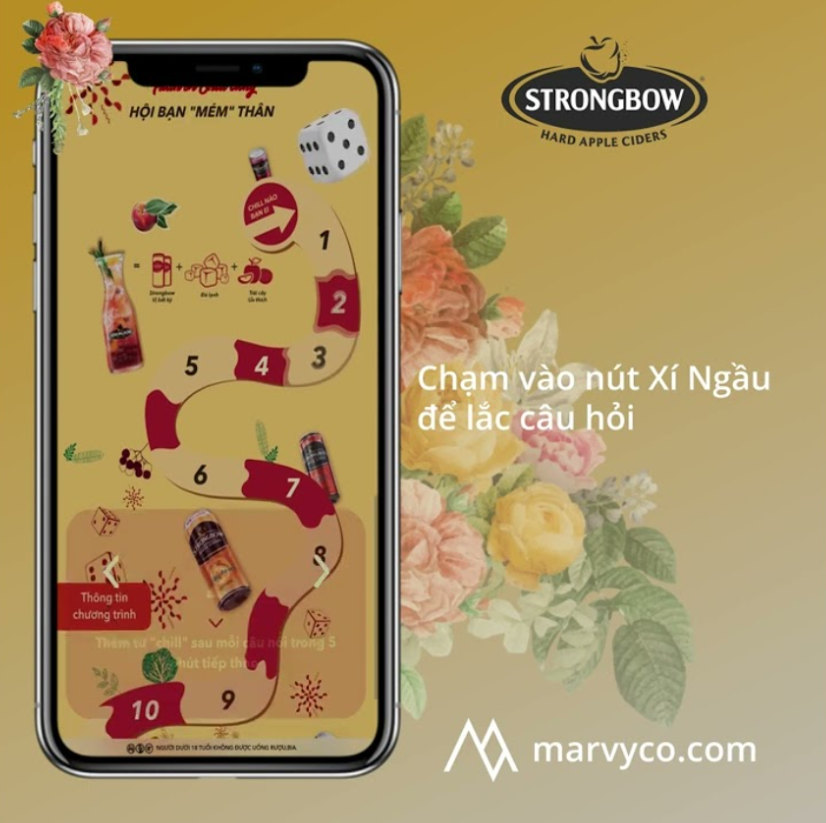
Mini game “Zombie Escape” – Basler Versichegunger
Basler Versichegunger, a subsidiary of the third largest insurance provider in Switzerland, Baloise Holding AG, has launched the mini-game “Zombie Escape” right on the corporate website and via email as part of a spiritual engagement campaign. employees, a form of internal marketing campaign (internal marketing).
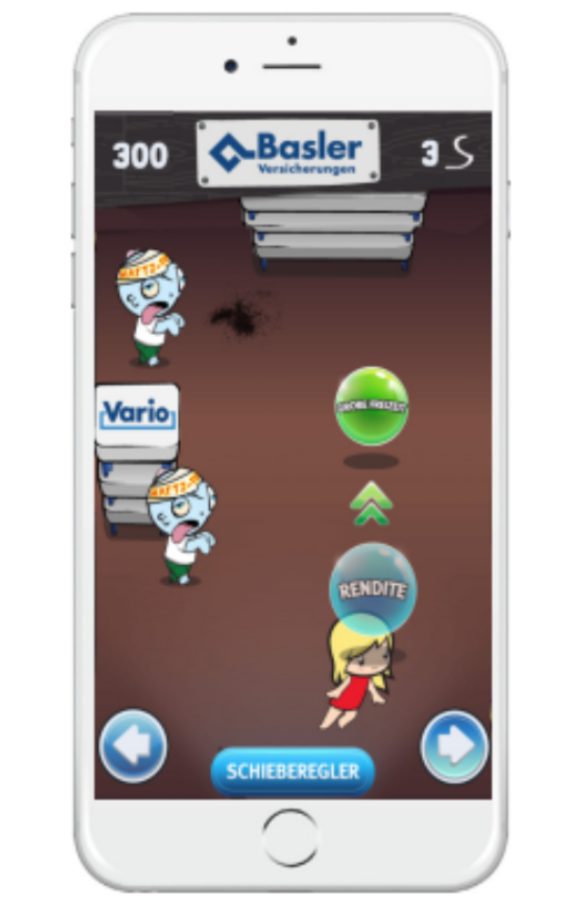
The rewards in the mini-game represent the career goals and mission of the company, while the “zombie” is the difficulties and challenges. To gain valuable prizes, players need to collect bonuses along the way and avoid zombie obstacle chapters. Top 3 excellent employees with the highest score will have the opportunity to receive valuable rewards after and 3 weeks of campaign implementation, Basler has collected valuable data, such as:
- 98% of players complete the game.
- 79% of users repeat the game.
- 38% of players have shared the game on their personal Facebook.
- 7% of players have joined the game more than 100 times.
3. Deploy instant games on Facebook
In order to promote new candy products, Chupa Chups candy brand has launched a unique mini game “Dyeing green for fun”. The game is deployed on the Facebook platform, players only need to use the Facebook application and then directly access the Play Games section to experience. Instant games have helped Chupa Chups earn hundreds of thousands of plays in general and tens of thousands of plays completed by the end of the game.
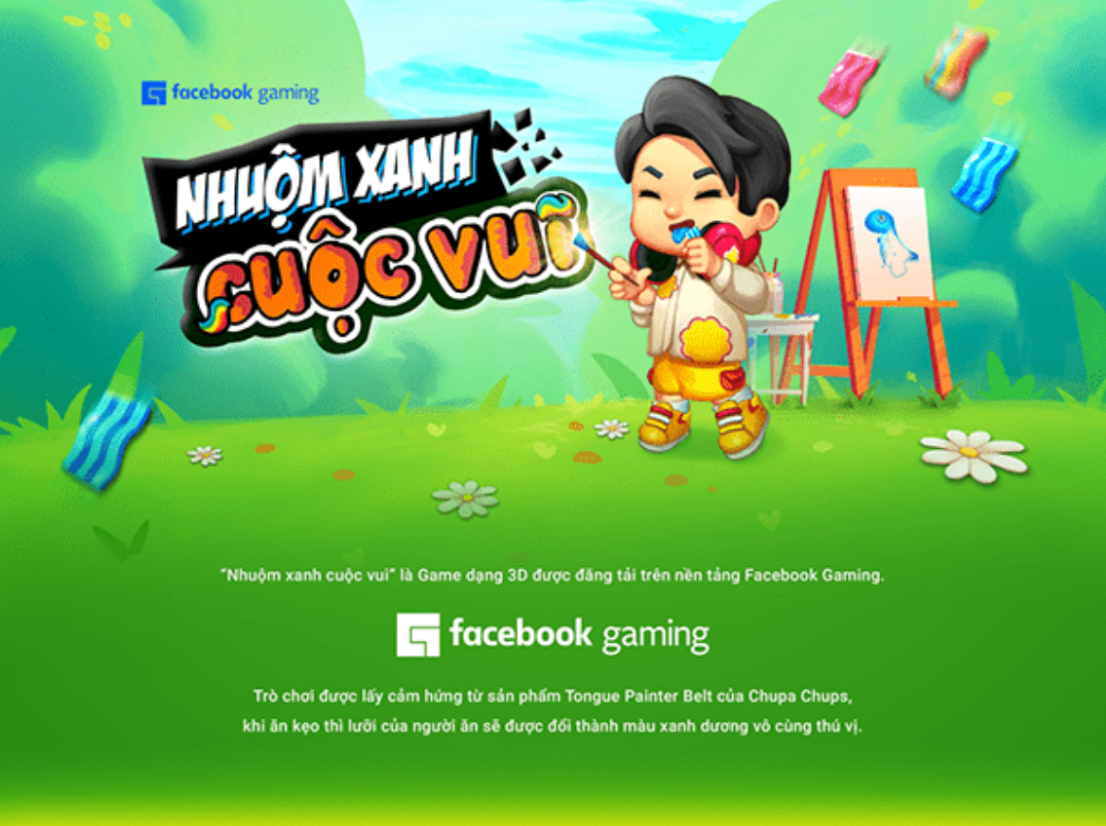
4. Deploy mini games on sales apps
Turkey’s largest online shopping site, N11.com, with more than 21,000 retail stores, offering 24.5 million products and 350,000 app users, has launched mini-games within the framework of its app launch marketing campaign. mobile apps to attract more users to download and use their apps to shop.
N11 has implemented a very smart strategy, combining a loyalty program with marketing the latest promotional products and the mini game “Slide & Catch”. Use images of the brand’s products as game items and ask the player to move the N11-branded paper bag item to catch as many items as possible.
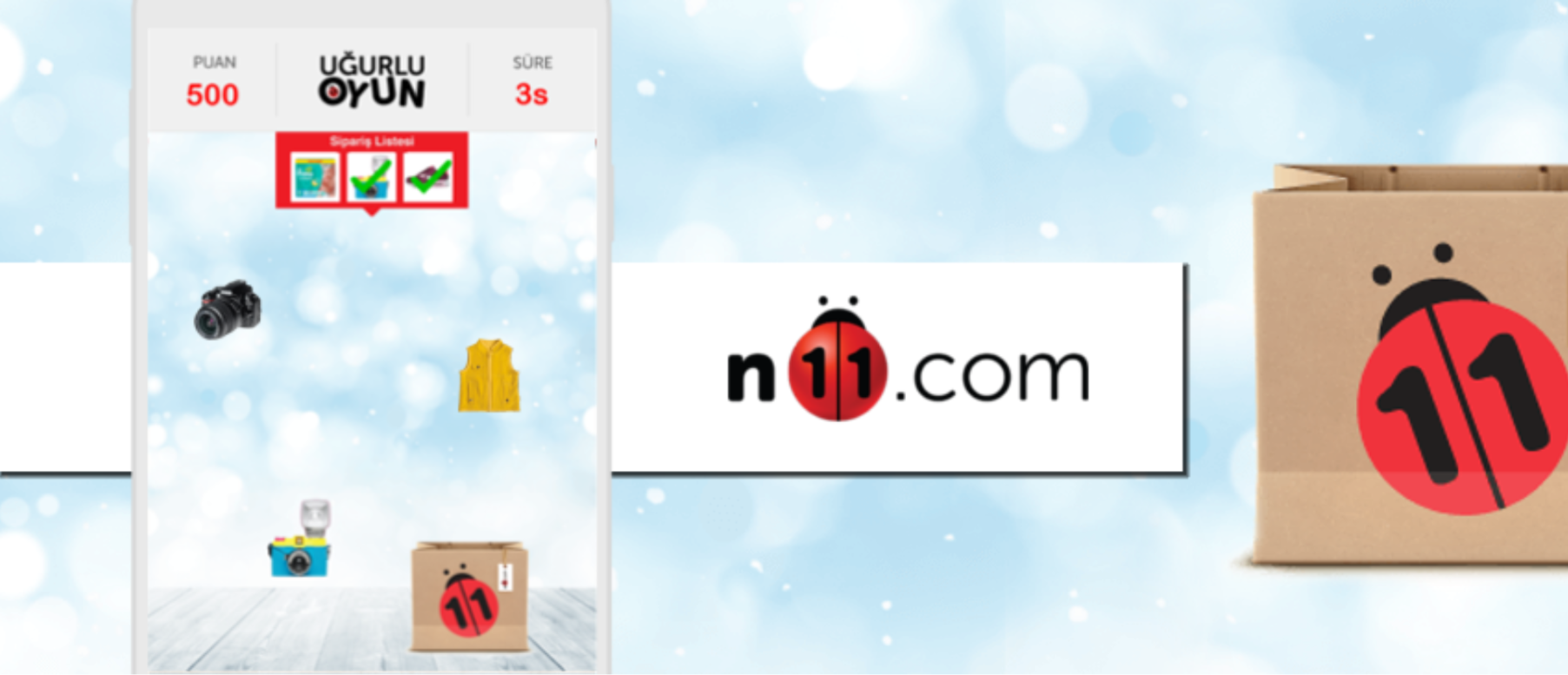
In addition, N11 also stipulates a minimum score to encourage players to try to achieve the required score, through which they can redeem coupons when shopping.
With the mini game “Slide & Catch”, N11 has successfully attracted more than 76,000 players, in which, they also achieved unexpected successes such as:
- 88% of users play games for more than 5 seconds
- 60% of users complete the game
- 74% of players have downloaded the coupon
5. Deploy mini games at the event
Mini-game “Domino’s Delivery Dash” – Domino’s Pizza
With the desire to attract more customers and bring interesting entertainment moments to visitors when attending periodic student/student fairs in the US, the famous pizza brand Domino’s has applied a strategy. marketing gamification strategy by deploying the mini game “Domino’s Delivery Dash” right at the Domino’s sales counter in the fairground.

The mini game “Domino’s Delivery Dash” helped Domino’s attract more than 3,000 players to visit that day and the game went extremely smoothly. Not only does it have a huge amount of interaction, but the mini game also brings joy when the students tried their best when participating in the game to compete for a free pizza for a year – the reward of the game.

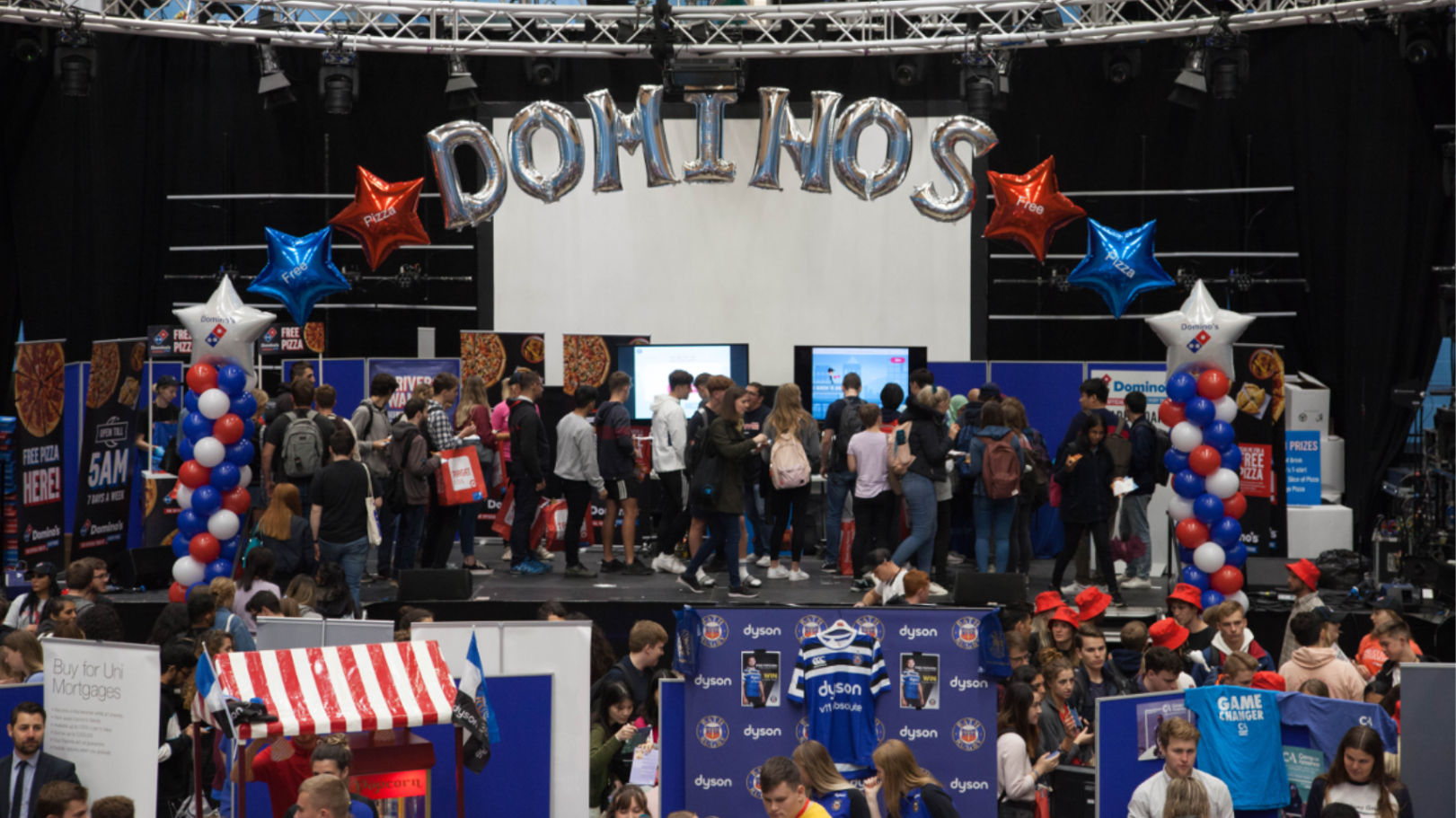
Mini game “Game Cổ Động Mỹ Đình” – Bia Việt
In response to the spirit of the 31st SEA Games in the whole country, Bia Viet has cooperated with Marvy Co. to create a fun PC Game and perform at My Dinh Stadium.
Inspired by the sport of “king” – Football, team Marvy Co. created an interesting and fun game “My Dinh Cheering Game”, suitable for the vibrant atmosphere of SEA Games fans at the stadium.
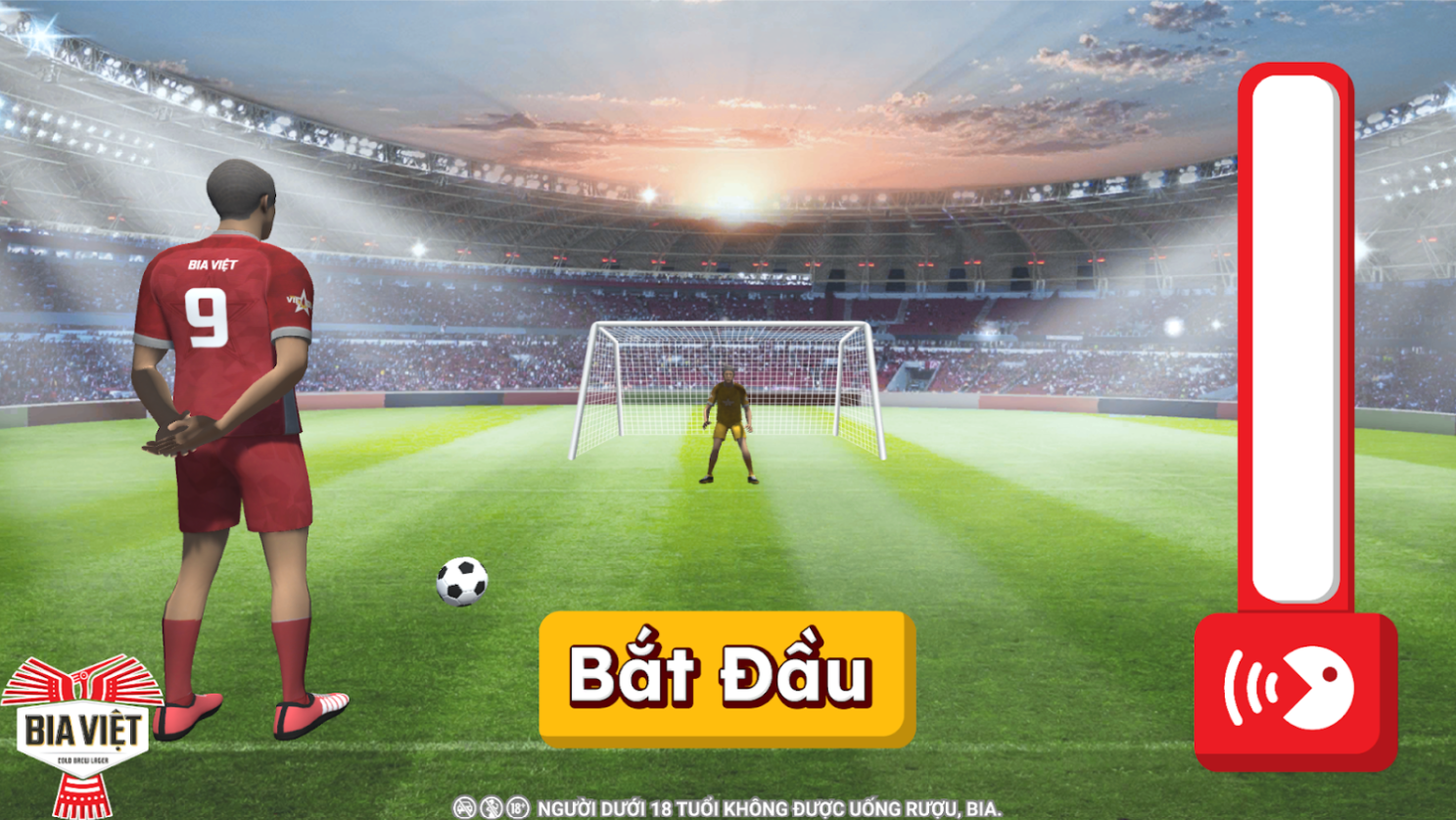
The game is designed in the context of a stadium with a player preparing to kick the ball into the goal, combined with the sound of cheering from the surrounding stands to help players have an interesting and authentic experience. In particular, players need to shout loudly enough to reach the required game level to win this game, this special feature, brings a sense of fun and helps fans freely chant when participating in the game.
6. Deploy mini games as playable ads
In 2021, Amanotes Game App implemented Playable Ads on the Facebook platform to promote the latest version of the famous Piano game millions played worldwide, Piano Tiles 3, allowing players to experience the game. before downloading it to your phone.
Unlike other types of advertising, playable ads allow players to experience the game on the ad itself without having to download any supporting apps. This form of advertising easily arouses interest, and curiosity and stimulates players to download the application to their device to experience more.
Marvy programmed Playable Ads Piano Tiles 3 based on pre-existing rules using the design provided by Amanotes. To start the game, players need to touch the “Start” music key icon. Soon the piano keys will start appearing and falling from the top in random positions. Now the player needs to touch these piano keys before it crosses the specified line. With every successful piano key touch, the yellow stars will pop up extremely interestingly.
CMS system to support businesses to manage data of marketing campaigns
When implementing a gamification marketing campaign with mini-game products from Octokit, businesses can also collect data and manage user information using CMS (Content Management System). In addition, businesses can:
1. Upload and manage Vouchers
With the CMS Octokit system, Brands can give vouchers/discount codes to customers in 2 ways:
- Create directly: Generate voucher code (promotion code) and voucher list according to Octokit’s instructions directly on CMS.
- Upload file: Upload the promotional code list as an Excel file, our CMS automatically sets the information to match the file.
The promotional code will appear when the player finishes the game, then the player only needs to apply it when making an online purchase to receive certain incentives, such as discounts, free shipping codes, or promotional gifts.
2. Collect data
CMS can collect user information such as name, email address, phone number, etc., and display them on Leaderboard as well as send reports back to an organizational unit (Brand) as an Excel file.
3. Leaderboard
The leaderboard, also known as the Leaderboard, is a scoreboard that displays the names and current scores of the top players. By collecting player data such as score, name, phone number, email, etc. after each game, our CMS will carefully analyze such information and display it on the Leaderboard.
Brands can completely adjust the content displayed on the Leaderboard to ensure the security of the personal information that players provide.
4. Analyze points and appropriate gift value
After the business posts information about the gift/discount code along with the regulations on giving gifts in order of ranking on Leaderboar, the CMS system will analyze and arrange those gift values in order. player ratings. After the campaign ends, CMS will send back to businesses information about the winning players and their gifts, businesses only need to check the results and send gifts to players according to the information they have provided. grant.
5. Manage users
CMS controls and records user login history to ensure fairness for players. What the CMS can control includes:
- Manage login history
- Acknowledge new users
- Acknowledgment of old users
- Record users via invitation code
- Record the average time the user spends playing the game
- Player Asset Management
6. Integrate Google Analytics & Facebook Pixel
CMS helps brands integrate with Google Analytics & Facebook Pixel Integration to check website performance and in/out ratio and related metrics.



